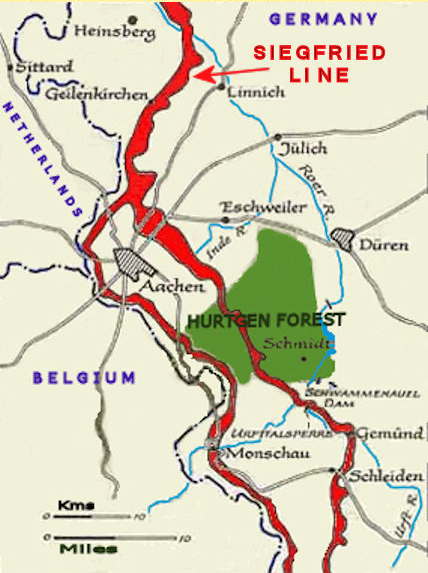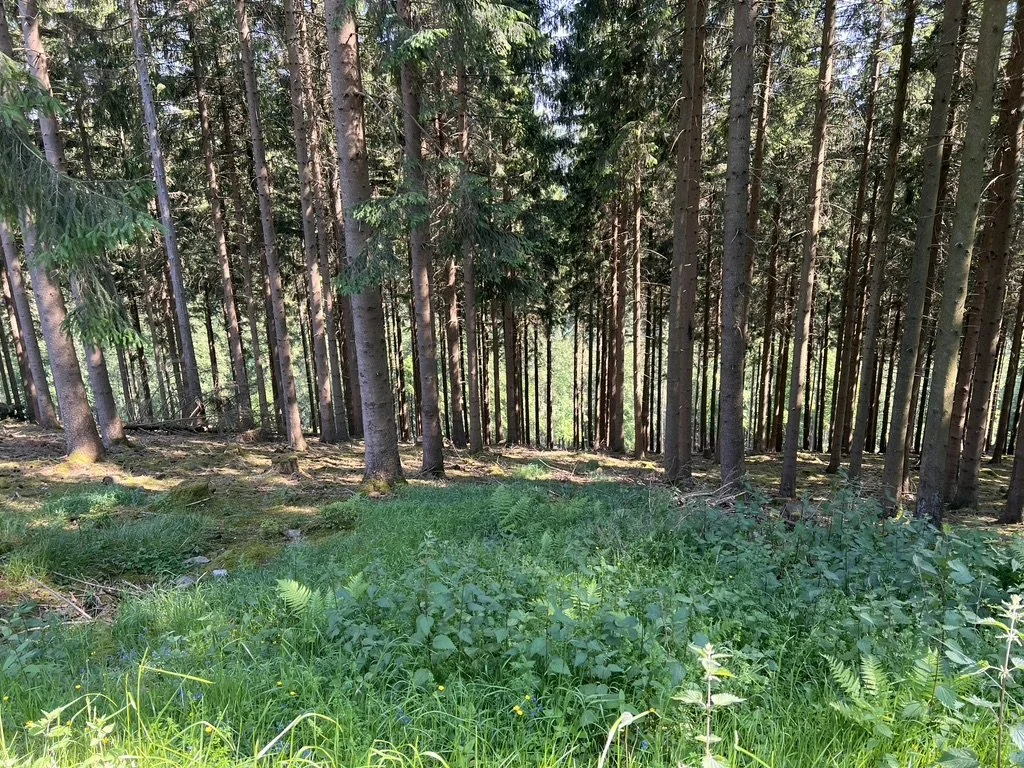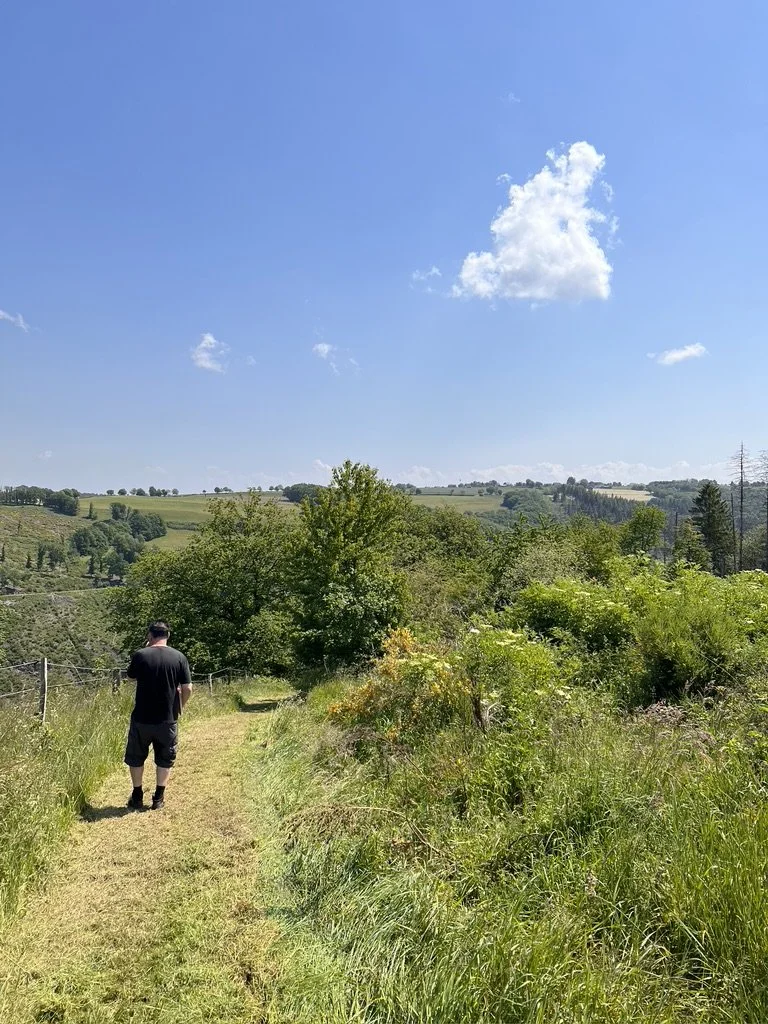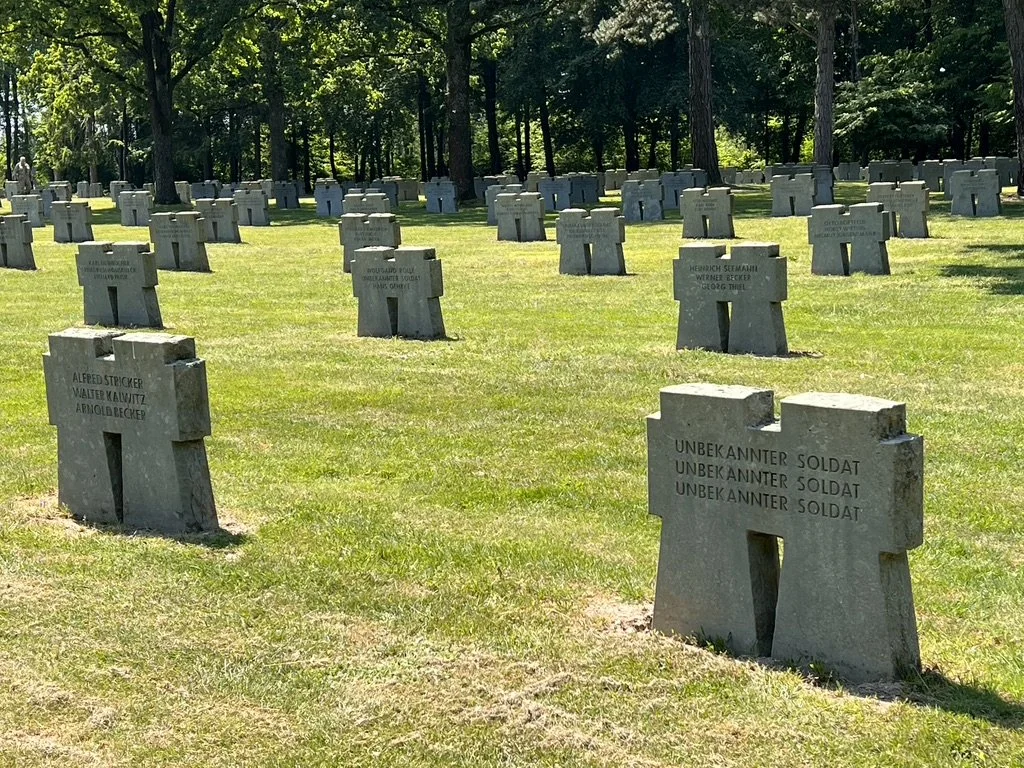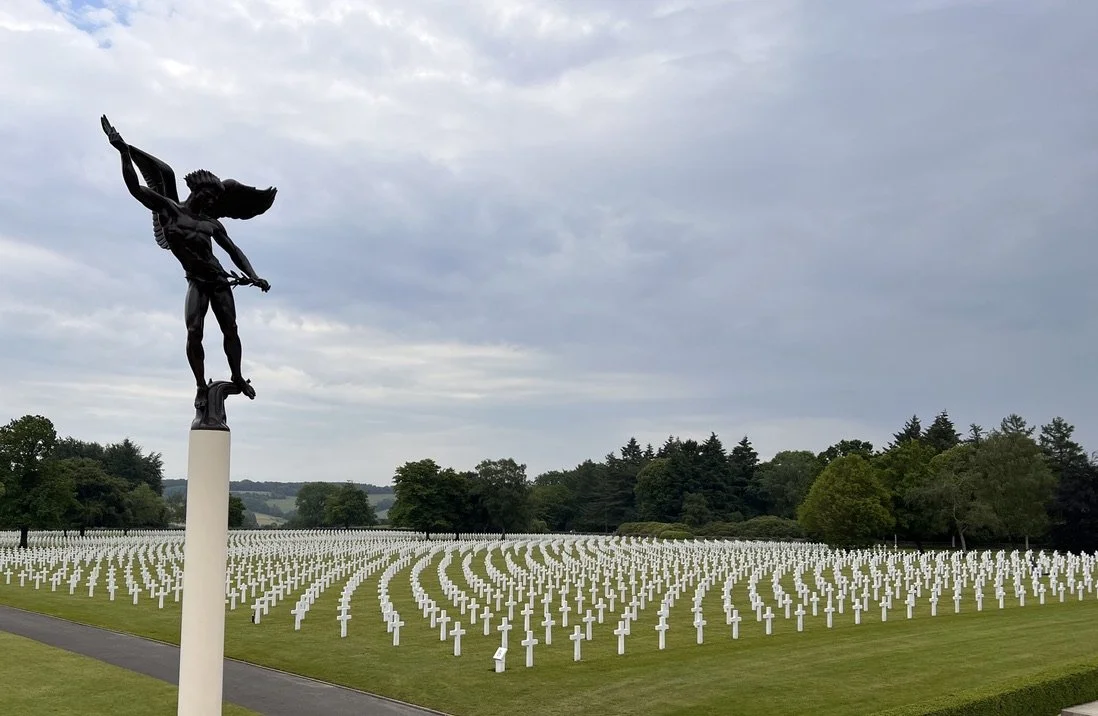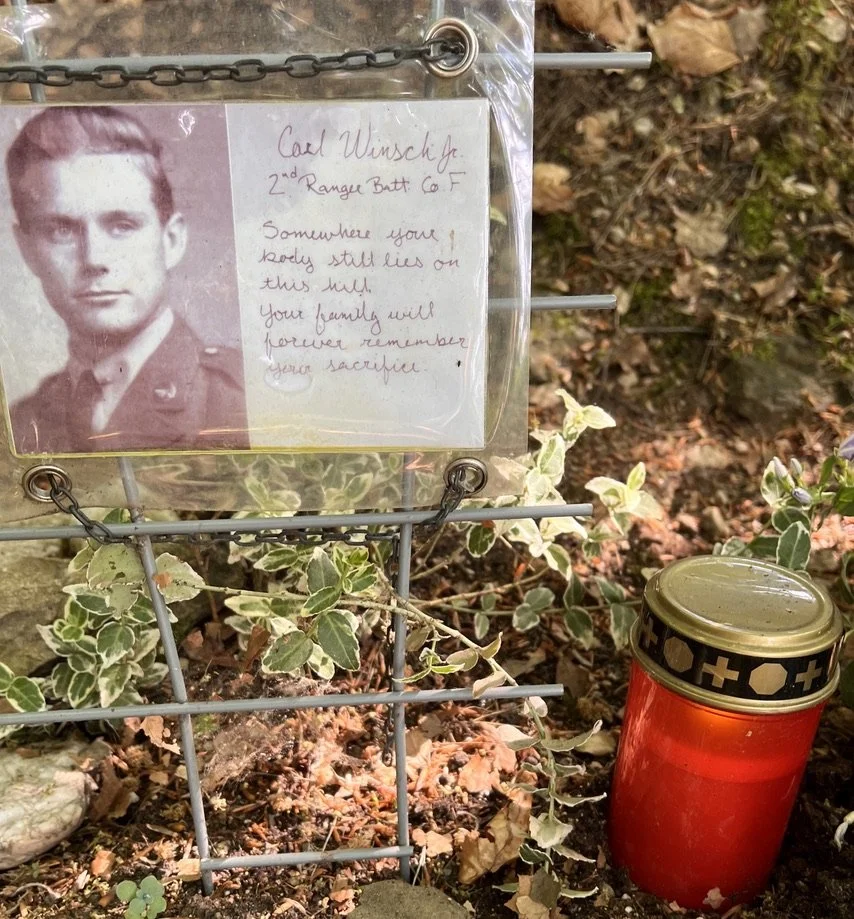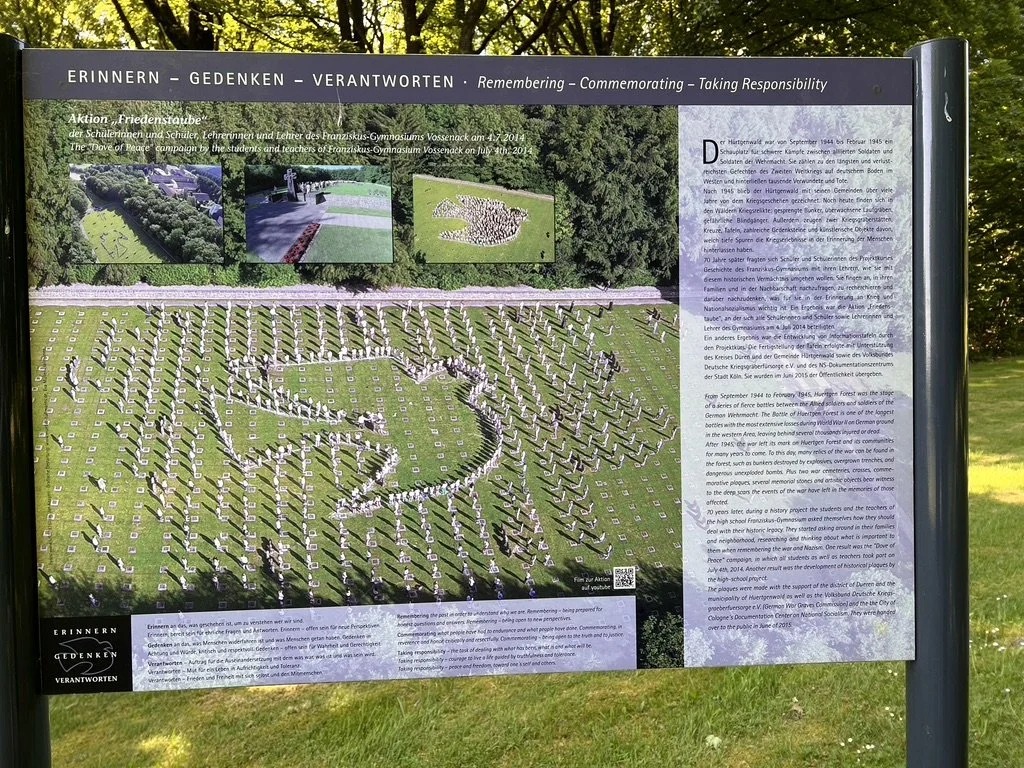260: What I Learned During My Summer Vacation - Part 1
The Calamity of the Battle for the Hurtgen Forest
“God created war so that Americans would learn geography.” ― Mark Twain
“The battle in the Hurtgen Forest became so unendurable that we didn't care whether we lived or died.” — A U.S. Army soldier who fought in the battle
The Takeaway
In this episode, I share thoughts about a tour I recently took in the Hurtgen Forest World War II battlefield, which sits between Belgium and Germany. (See the map at right.) The Hurtgen Forest was the site of the longest battle the U.S. Army engaged in during World War II, and it is widely considered an egregious failure of strategy and leadership.
I wanted to understand why the battle was fought, what elements challenged the U.S. Army’s progress, and what lessons we could take away from a battle that incurred 30,000 to 50,000 casualties (deaths and wounded).
The following photographs are referenced in my narrative.
The “dragon’s teeth,” which impeded the tanks the U.S. Army was able to bring to the battle. Many of these obstacles stand 5 feet tall.
This image gives you an idea of the hills the U.S. Army soldiers were forced to climb in the heat of battle. This particular hill rises up at an almost 45° angle.
My guide, Murk Dijkstra, and I attempted to walk this path that soldiers and tanks would have used during the fall and winter of 1944. You can see how the path plunges down eventually to a river far below. The path then rises up at the same angle on the other side of the river.
A German war cemetery. German soldiers were often buried six to a grave, three on both sides of the marker. In this case, you can see that these remains were unidentifiable. The same is true on the reverse side of this marker. Many of the stones in this cemetery bore the same inscription: “unknown soldier.”
This particular American cemetery holds about 7,000 graves, but as many as 17,000 soldiers and remains were once buried here. Many families chose to have their loved ones brought home to the U.S. and reburied.
I found This “virtual cemetery” of Carl Winsch Jr on a hill where a protracted battle occurred.
The lengthy quote I read at the end of the piece appears at the bottom of this sign that greets visitors to a German cemetery. I was impressed by the message that exhorts Germans to learn from this period.





